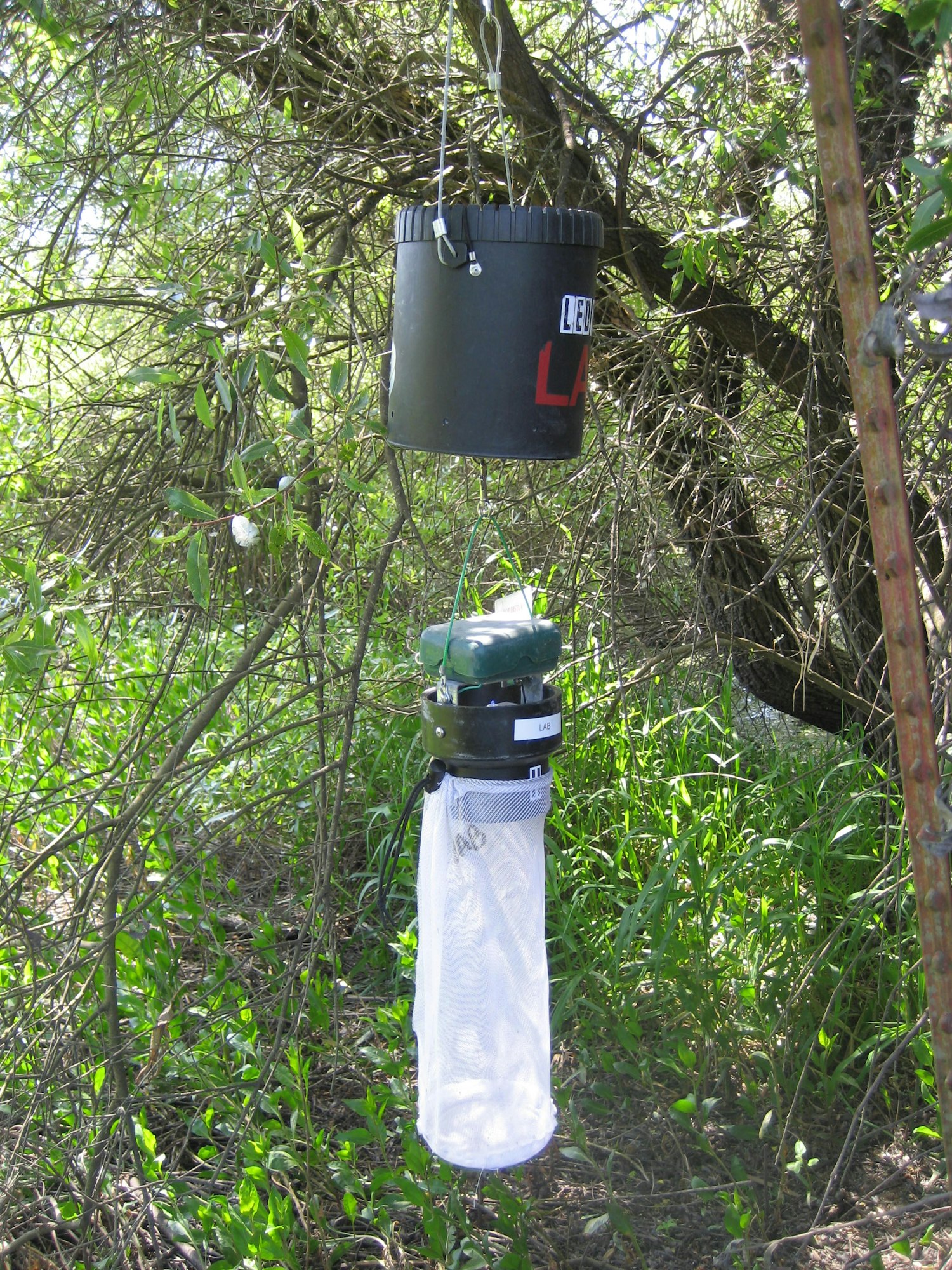Mosquito Surveillance
Adult Mosquito Surveillance
The District maintains a multifaceted surveillance program for arboviruses, including West Nile virus (WNV), St. Louis encephalitis virus (SLEV), and western equine encephalitis virus (WEEV). Using both active (mosquito trapping) and passive (bird and human disease reports) monitoring techniques, the District detects and quantifies the intensity of virus transmission in the region. With this information, the District can predict areas and times of elevated disease risk and direct critical vector control interventions to effectively protect human health.
Below are the different types of adult mosquito surveillance traps used by the District:








Larval Mosquito Surveillance
In addition to our adult mosquito surveillance program, our vector control technicians conduct daily larval surveillance to monitor mosquito density and diversity. This is done by inspecting over 20,000 known sources of mosquito production in both Marin and Sonoma counties. These areas are checked on a regular basis and treated when necessary. They include but are not limited to ditches, catch basins, backyard ponds and creeks.

